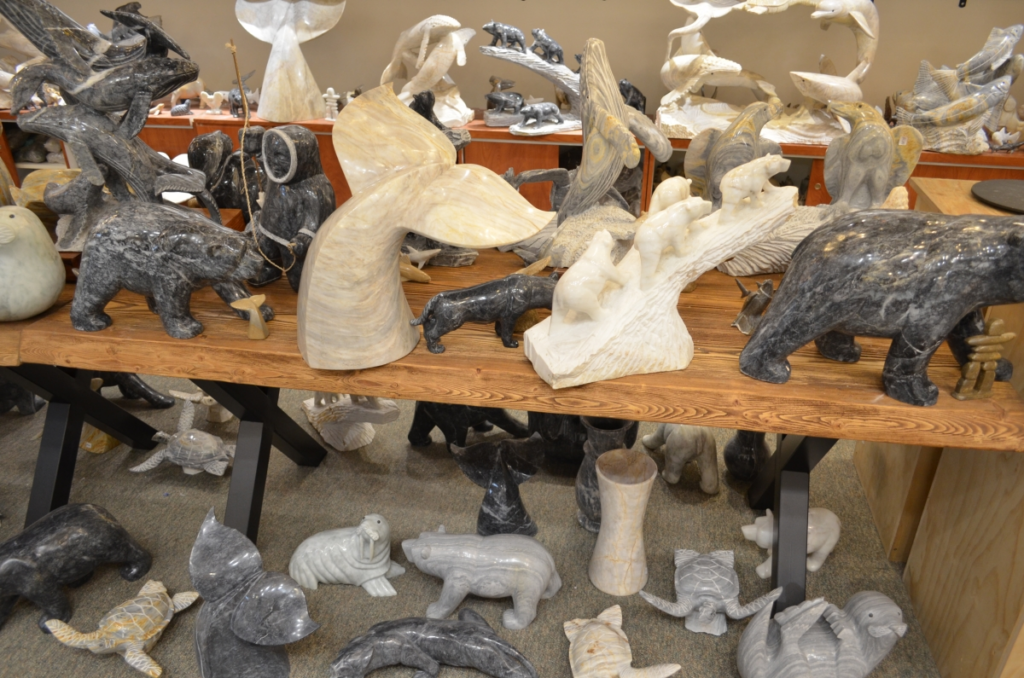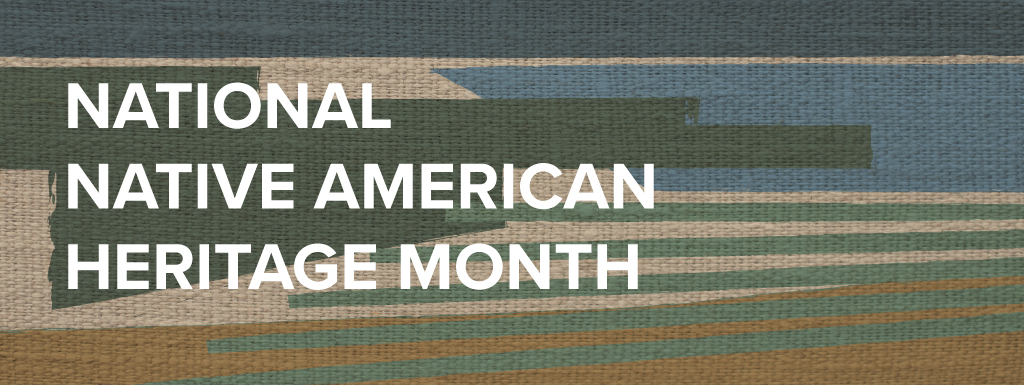National Native American Heritage Month
November is National Native American Heritage Month (NNAHM), a time to commemorate the history, heritage and culture of American Indians and Alaskan Natives and acknowledge their important contributions. NNAHM gives an opportunity to educate ourselves about Native peoples, increase our knowledge of the unique challenges they face, and understand how historical trauma – colonization and genocide for example – have impacted Native peoples.
In 1990, a joint resolution was passed by Congress recognizing Native citizens as America’s original inhabitants who made essential contributions to both the United States and the world. In 2021, there were 574 federally recognized tribes in the U.S., however numerous others are still advocating for recognition. Despite living in metropolitan areas, American Indian/Alaska Natives (AI/ANs) history has been forgotten or overlooked.
We spoke with Nick Hanson, an Alaskan Native, motivational speaker and 7x American Ninja Warrior, about his thoughts on this month-long celebration. “To be honored with recognition as indigenous people is a foot in the door to teach others about our culture to people who don’t fully understand, especially those across the country who may never visit a place like our home.”
Native American and Alaskan Native cultures have had a profound influence on interior design with their unique and deeply meaningful style that has roots in centuries-old traditions. The style is primarily intended to convey the splendor of nature and is expressed in the use of natural materials, bright colors, geometric patterns and symbolic imagery. “Our culture is based off of the land, the sea, the sky, the wildlife – all of them are a part of our daily life so when we’re designing something modern, we incorporate what we see into our designs.” explains Hanson.
Inspired by their environment, plants and animals like eagles, bears, whales, salmon and trees are often used to communicate the values and spiritual beliefs of Native communities. Their understanding of the natural world is sophisticated and comprehensive and equates to a moral responsibility to care for, live in harmony with, and respect the natural world. Given this interconnected relationship with nature, Indigenous People are careful and respectful of animals and their natural lifecycles. They make efforts to not overfish, over-hunt or over-harvest. Every part of the animal is used in some way or another, ensuring that nothing goes to waste. Animal bones and tusks are harvested from the animals they hunt and are used to create furniture and carvings. Ivory carvings are a popular art form produced in Northern Alaska, made from found tusks of both walrus and prehistoric mammoths. These beautiful carvings often depict day-to-day activities. “Each piece is a story of our history or represents a cultural aspect of where we live and thrive.” explains Hanson.


Native Americans have had a profound impact on American culture and continue to do so through their traditional art and design. This month take time to celebrate the culture, heritage, and vast achievements of America’s original indigenous people.


